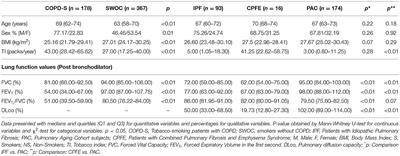EDITORIAL
Published on 20 Dec 2021
Editorial: Precision Medicine in Pulmonary Diseases—Same Principles, New Approach
doi 10.3389/fmed.2021.821013
- 1,682 views
- 3 citations
7,601
Total downloads
32k
Total views and downloads
Select the journal/section where you want your idea to be submitted:
EDITORIAL
Published on 20 Dec 2021
ORIGINAL RESEARCH
Published on 05 Nov 2021

CASE REPORT
Published on 20 Sep 2021

ORIGINAL RESEARCH
Published on 19 Aug 2021

REVIEW
Published on 08 Jul 2021

REVIEW
Published on 06 Jul 2021

